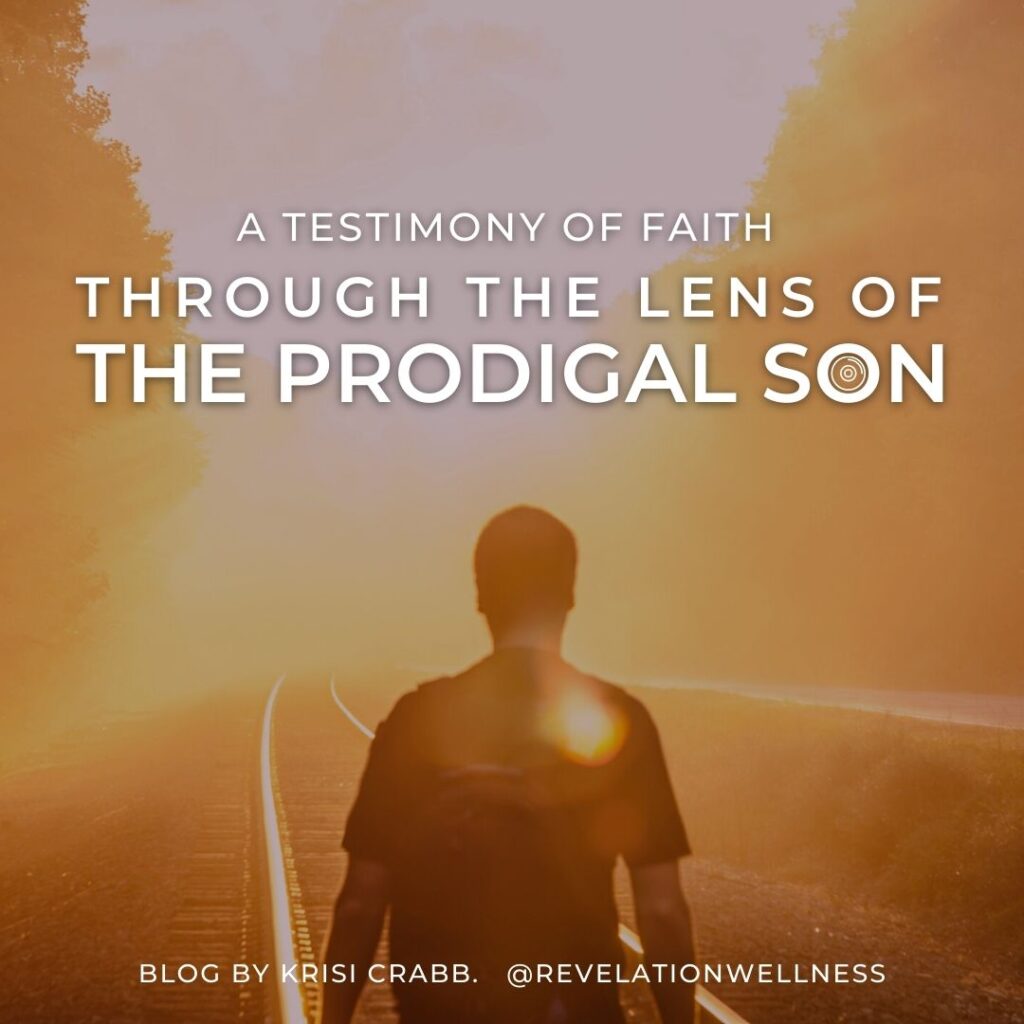Liturgy isn't just for church, it's the routines that make up your life. Learn how regular prayer and Scripture reading can help you be a person formed by Jesus.

Recall the tasks you repeat daily. Now imagine inviting the Lord to be present during those activities. Integrating liturgy into life makes this a possibility.
Liturgy is defined by Webster as a customary repertoire of ideas, phrases, or observances. It is the stuff that makes up your day, your life – habits, words, and actions.
Liturgy brings to mind the church traditions and orders found among some congregations on Sundays. In terms of the church, the liturgy is essentially the order of worship – singing, reading Scripture aloud, the sermon, prayers, confession, communion, etc. These are prayers and practices that are repeated week after week with the hope of forming a congregation into Christ-likeness.
In Liturgy of the Ordinary, Tish Harrison Warren states, “Our hearts and our loves are shaped by what we do again and again and again.”
So, what do you do every day? Have you considered how those repeated practices shape you?
This is an invitation to use the concept of liturgy to establish a rhythm of reconnecting with the Lord as you go about your day.
This is a reminder that your “quiet time” with the Lord isn’t limited to a certain time of day, location, or activity. Instead, you can continually surrender your day to the Lord and His leading.
This is an invitation to use the concept of liturgy to establish a rhythm of reconnecting with the Lord as you go about your day.
Kelly Davenport
Where Do I Begin?
You may think, “I’m already so busy; how would I add something else and begin integrating liturgy into my life?”
Rather than viewing it as an addition to your already full schedule, think of integrating liturgy as transforming your time. Starting small, think of short pockets of time that are already available. Though your body may be physically occupied, your mind could be transformed by prayer and Scripture reading habits.
For instance, in the infamous car rider drop-off line last year, my children and I began reciting the Lord’s Prayer. It required intention at first, but soon all of the children had it memorized and took turns initiating reciting it together. Use your repetitive, daily tasks as starting points and add in one new aspect of your daily liturgy at a time.
Whatever the daily task, choose a scripture or prayer that invites the Lord into the need or experience. In waking, invite His strength for the day. In decision-making, invite His wisdom. In the times that feel frantic, invite His peace. Make it easy to access and choose to keep it to a reasonable length to begin.
It may be helpful to write a prayer or Scripture verse on a card or sticky note at first. When selecting something to make your liturgy, allow the Holy Spirit to guide you.
Consider these practices:
– Start the day with prayers of invitation or scripture for the Lord’s direction and guidance.
– Use the afternoon coffee break to invite the Lord’s strength.
– Load the dishwasher and recount a verse about the washing of our sins.
– Exchange checking the phone one last time for a prayer or scripture card placed on the nightstand to end the day.
The Benefits of Repetition
– Deepen your relationship with the Trinity – Father, Son, and Holy Spirit
– God’s Word meets you in your need
– Meditate on Scripture throughout your day
– Abiding with God all-day
– Regular daily rhythms bring a sense of order and calm
– Aids Scripture memorization
– Dedicate your tasks and schedule to the Lord
– Realign your heart, mind, and strength to God each moment
As you familiarize yourself with prayers of liturgical worship, you may find these selections are not just written words to recite mindlessly but can deepen your relationship with the Trinity – the Father, Son, and Holy Spirit. Envision the transformative power of waking to a section of St. Patrick’s Breastplate, “I arise today through a mighty strength, the invocation of the Trinity, through the belief in the threeness, through confession of the oneness of the creator of creation.”
Have you ever been so distraught or overwhelmed that you can’t form your thoughts or needs into prayer? Reciting the words of written prayers can resonate in unexpected ways or articulate needs when praying your own words feels difficult.
Additionally, as liturgy is practiced, the Holy Spirit can bring insight, illuminate truth, and gently convict your spirit.
Building a rhythm for the day restores a sense of order and calm that provides many benefits. Incorporating liturgy into daily life gives the opportunity to intentionally realign at designated times throughout the course of the day.
Repetition also allows written prayers or Scriptures to be committed to memory, providing access to God’s Word at all times. Liturgy interrupts and replaces task-oriented, anxiety-driven thoughts. It transforms the tasks or times of day that are less than appealing and dedicates even the mundane to the Lord.
Adding liturgy and surrendering your every moment to the Lord will surely transform your moments, days, and life. If you’d like examples or further information, download A Practical Guide to Living Liturgically.
A Practical Guide to Living Liturgically

Kelly Davenport is a wife and mother of three living in Lynchburg, VA. She is from Platoon 18 and teaches fitness classes at Grace Church and Live.Move.Be fitness studio for five years. She enjoys leading and encouraging women to grow in relationship with God and as friends, wives, and mothers.














